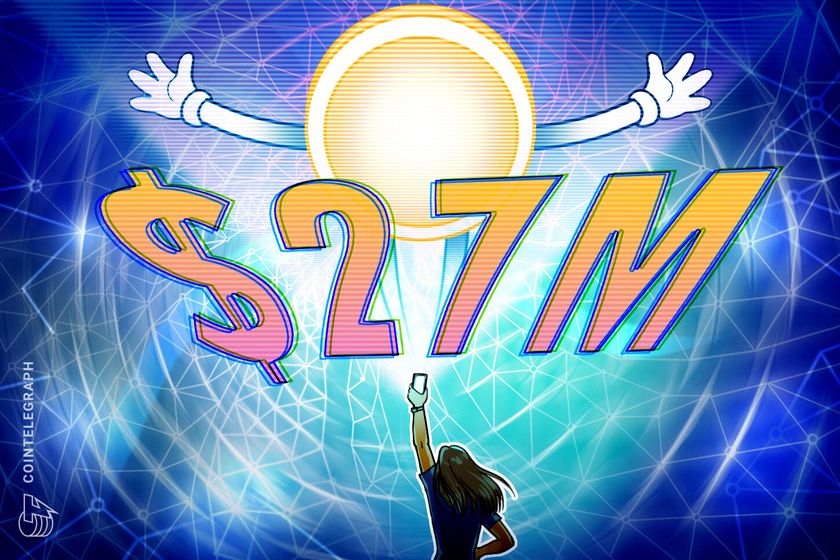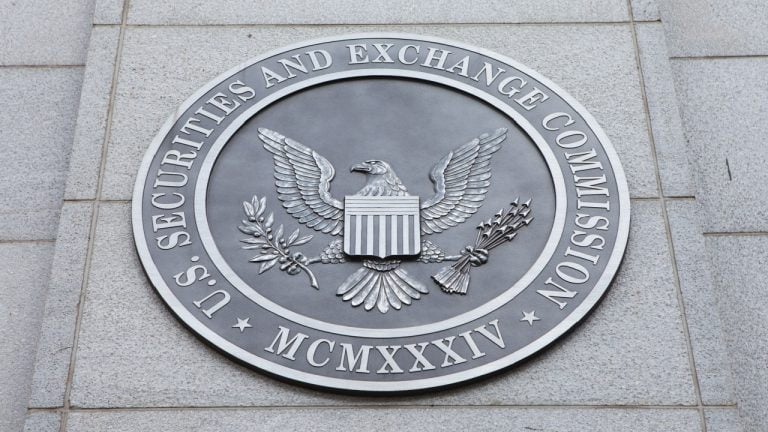
5 Dollar-Pegged Tokens Command 94% of the Swelling $135 Billion Stablecoin Market Cap

During the last month, four out of five of the top stablecoins by market capitalization saw their valuations swell in size. At the time of writing, there’s $135.4 billion in stablecoins but the top five collectively represent 94.40% of that total. While the largest stablecoin in terms of market cap increased by 2% over the last 30 days, the stablecoin DAI issued by the Makerdao protocol expanded by 22%.
Tether and Circle’s USD Coin Rule the Roost
Stablecoins are very popular these days and it’s safe to say that these dollar-pegged tokens are not going anywhere any time soon. For instance, at the time of writing, there’s around $29.2 billion in global trade volume dedicated to bitcoin (BTC) trades only.
Currently, the stablecoin tether (USDT) commands 61.46% of all the BTC trades according to cryptocompare.com data. Below the U.S. dollar is the stablecoin BUSD, a stablecoin curated on the Binance Smart Chain as BUSD commands 5.29% of all BTC trades today.
BUSD is, in fact, the only stablecoin in the top five that did not see its market cap inflate. The largest stablecoin market cap today is tether (USDT) which commands a valuation of $71 billion at the time of writing, according to market aggregation sites like Coingecko’s “Top Stablecoins by Market Cap.”
Tether’s transparency web page that shows Tether’s current balances says there’s approximately $70,578,488,377 worth of USDT. With close to a $71 billion increase, USDT has grown by 2% during the trailing 30 days.
The second-largest stablecoin issued by Circle and the Centre Consortium, usd coin (USDC), has swelled by 8.9% this month. Presently, USDC has a market valuation of around $32.8 billion which is around 46.19% or close to half the size of USDT’s market cap.
Tether’s global trade volume is much higher than USDC’s at $52,791,455,644 while USDC’s is around $1,936,810,797. USDC is paired with USDT and BUSD and according to cryptocompare.com data, they are the top two trading pairs with USDC.
The 3rd, 4th, 5th Stablecoin Contenders
While the stablecoin that stems from the Binance Smart Chain (BSC) ecosystem, busd (BUSD) is the third-largest cap, it has not increased during the last month. BUSD holds a valuation of about $12.9 billion at the time of writing and $3.4 billion in global trade volume. BUSD is swapped on 98 different exchanges according to today’s data and it’s ranked 18th out of 9,957 crypto assets.
The algorithmic decentralized finance (defi) stablecoin issued by the Makerdao project, dai (DAI), has seen the most growth this past month gaining 22.7%. While the third-largest stablecoin BUSD has a market cap of around $12.9 billion, DAI’s market cap is $7.4 billion today.
DAI’s volume, however, is much smaller than its competitors with only $438,185,462 in global swaps. DAI’s largest pair today is USD with 53.35% of all trades and WETH with 28.68% of swaps. Tether is traded with DAI and commands 7.24% of all DAI’s volume.
The fifth-largest stablecoin market terrausd (UST) expanded 4.8% this past month in terms of market capitalization. UST is a stablecoin that is part of the Terra protocol and it has an overall valuation of around $2.7 billion today. UST has around $66.6 million in global trade volume as well and is ranked 62 out of 9,957 crypto assets.
60.38% of UST trades are currently swapped for the U.S. dollar while tether (USDT) commands 36% of UST swaps. While all five of these stablecoins collectively represent 94.40% ($126.88) of the $135 billion in stablecoin value, USDT, USDC, DAI, and UST grew by 38.4%.
What do you think about the growth of stablecoins and the top five leading dollar-pegged tokens in the crypto market today? Let us know what you think about this subject in the comments section below.
Go to Source
Author: Jamie Redman









